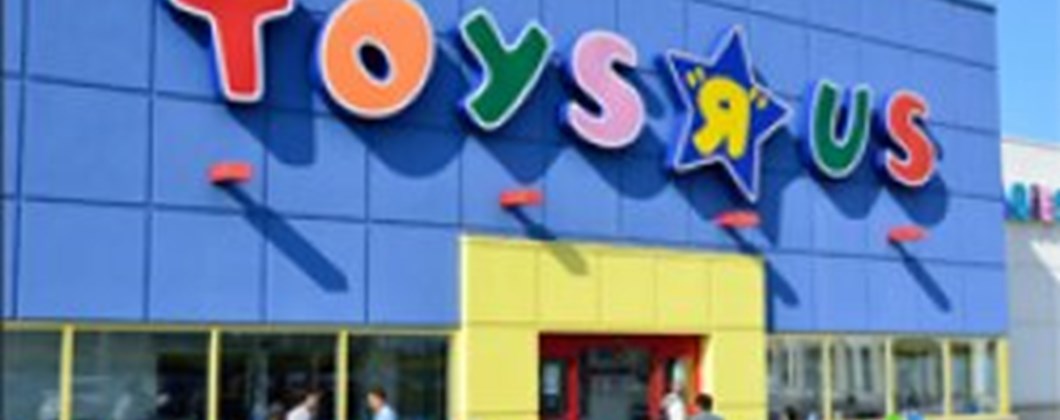Job cuts in the retail sector – a worrying sign?

Since the beginning of January, retail giants have been announcing plans for huge job cuts and store closures for business restructures. Is this a sign of another financial crisis still to come?
The 2008/2009 financial crash had a devastating impact for businesses and employees alike, with the collapse of Woolworths leading to 27,000 redundancies, and by this time in 2009, 4065 retail jobs were already lost. Comparatively, the retail sector is fairing slightly better this year, with 2800 job cuts (though a further 4065 remain threatened). However, the collapse of construction giant Carillion in January feels somewhat reminiscent of the collapse of Woolworths in 2008 – could it be a sign that the UK is headed towards another financial slump?
An alarm was raised in the wake of a number of high-profile retail chains announcing store closures and job cuts since the beginning of 2018:
East – fell into administration. 30 head office redundancies, 286 more at risk.
Marks & Spencer - plans to close 14 stores, putting 468 jobs at risk
Sainsburys – “thousands” of jobs at risk due to business restructure
Warren Evans – fell into administration, 285 jobs at risk
Tesco – 800 job cuts, 900 repositioned
Topshop/Tompan – 150 redundancies
Debenhams – plans for 320 job cuts
Asda - cuts to 28 head office roles
Morrisons – 700 jobs at risk
B&Q – 200 job cuts
So are these a worrying sign of an economic collapse, or a sign of a sector undergoing significant change? With online retailers such as Amazon only continuing to grow in use and popularity, it’s certainly a possibility that physical retail stores are losing out to cheaper, more convenient online brands. Toys R US struggled over the festive period to compete with online competition and revealed that it was looking for potential buyers for its failing UK branch by the end of the week, otherwise 2400 jobs could be at risk.
Analysts are divided on the answer, with some calling the figures signs of a “correction”, whilst others claim it bears major similarities to the lead up to the economic crisis of 2008/9 and shouldn’t be underestimated.
